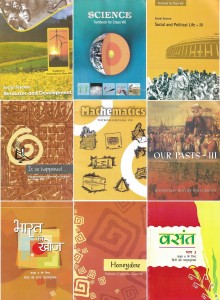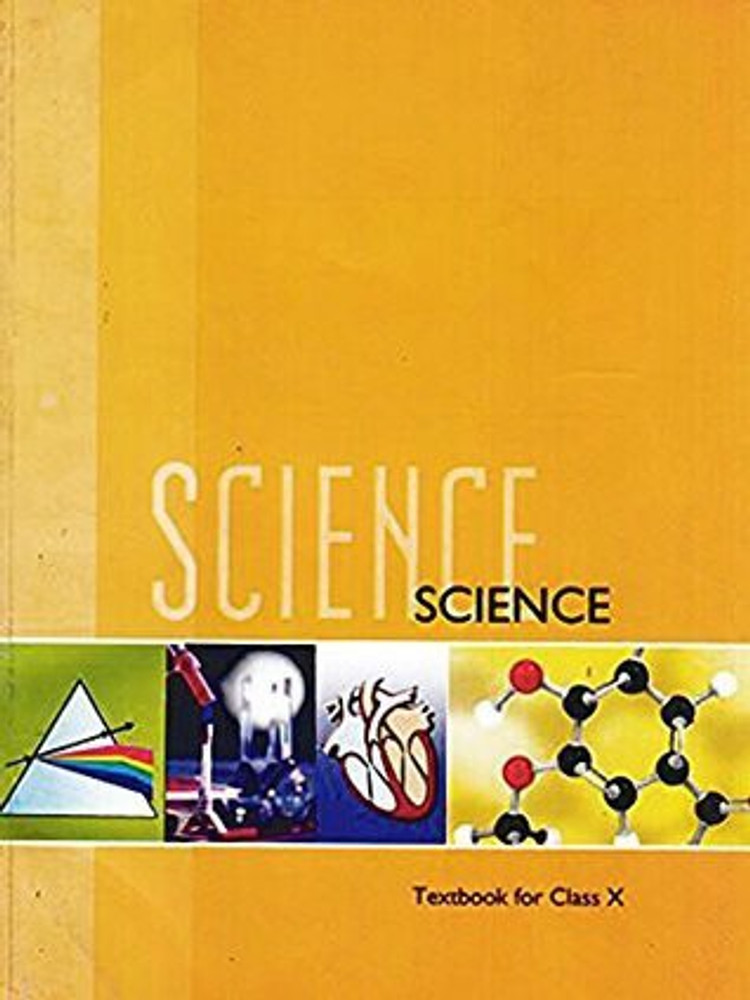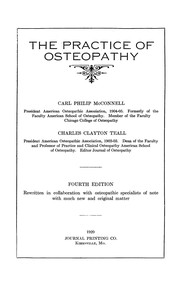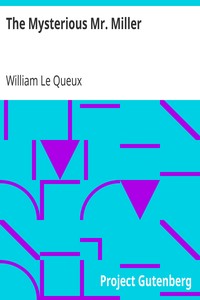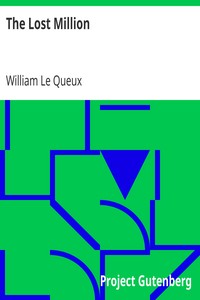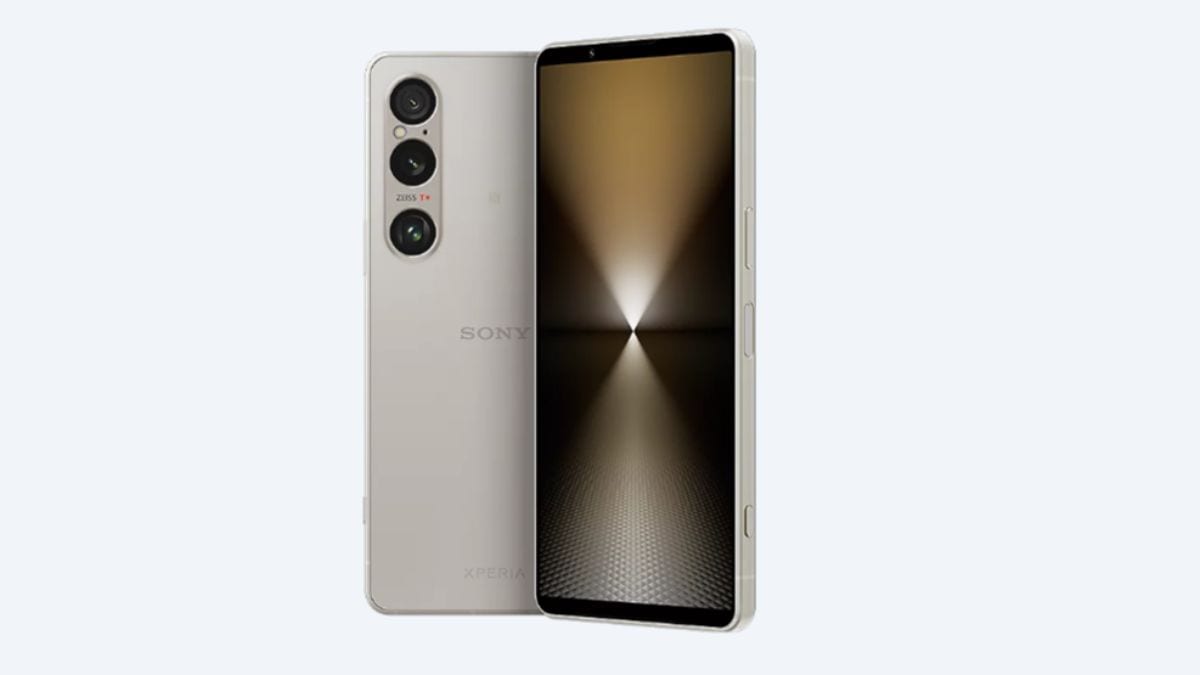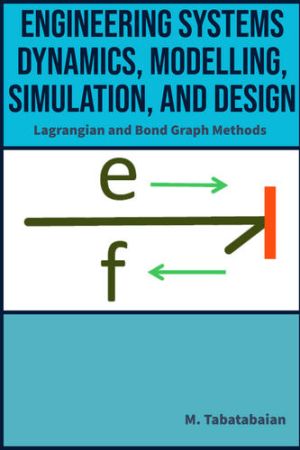Asteroid 2024 YR4 Has a 2.3 Percent Chance of Hitting Earth in 2032, Says NASA
Asteroid 2024 YR4, measuring 180 feet wide, has a 2.3% chance of impacting Earth on 22 December 2032, according to scientists. A smaller 0.3% risk of the asteroid colliding with the moon has also been noted. While the Earth impact could release energy equal to 8 megatons of TNT, a moon strike may create a visible crater. Researchers are using the James Webb Space Telescope to refine size and trajectory estimates, though current odds suggest no immediate danger.

A newly discovered asteroid, 2024 YR4, has been identified as a potential threat, with calculations indicating a 2.3 percent chance of impacting Earth on 22 December 2032. The space rock, estimated to be 55 metres wide, is moving at nearly 48,000 kph. While it is not large enough to cause a global catastrophe, its impact could release energy equivalent to 8 megatons of TNT, more than 500 times the Hiroshima atomic bomb. Scientists are also examining a smaller probability of 0.3 percent that the asteroid could strike the moon, an event that would be visible from Earth.
Moon Impact Likelihood and Potential Consequences
According to the Catalina Sky Survey's operations engineer, David Rankin, in a statement to New Scientist, the possibility of the asteroid hitting the moon exists, though it remains low. If a collision occurs, a crater measuring up to 2 kilometres in diameter could be formed. While debris could be ejected from the surface, Rankin suggested that any material reaching Earth would not pose a significant threat, as per his comments to Live Science.
Observations and Further Analysis Underway
The asteroid's trajectory has been tracked using ground-based telescopes, but its exact size remains uncertain due to limitations in measuring reflected light. To refine estimates, an international research team has been granted emergency access to the James Webb Space Telescope (JWST). The telescope will assess the asteroid's infrared radiation to provide a more precise understanding of its dimensions and composition, as reported by New Scientist.
No Immediate Cause for Alarm
In an email to Live Science, Rankin clarified that, despite the increased probability of impact, the risk remains low, with a 97.9 percent chance of a miss. Gareth Collins, a planetary science professor at Imperial College London, reassured in New Scientist that any debris from a potential moon impact would likely burn up upon entering Earth's atmosphere, eliminating major concerns.











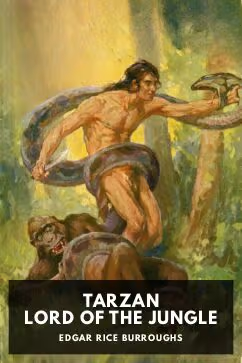
)
